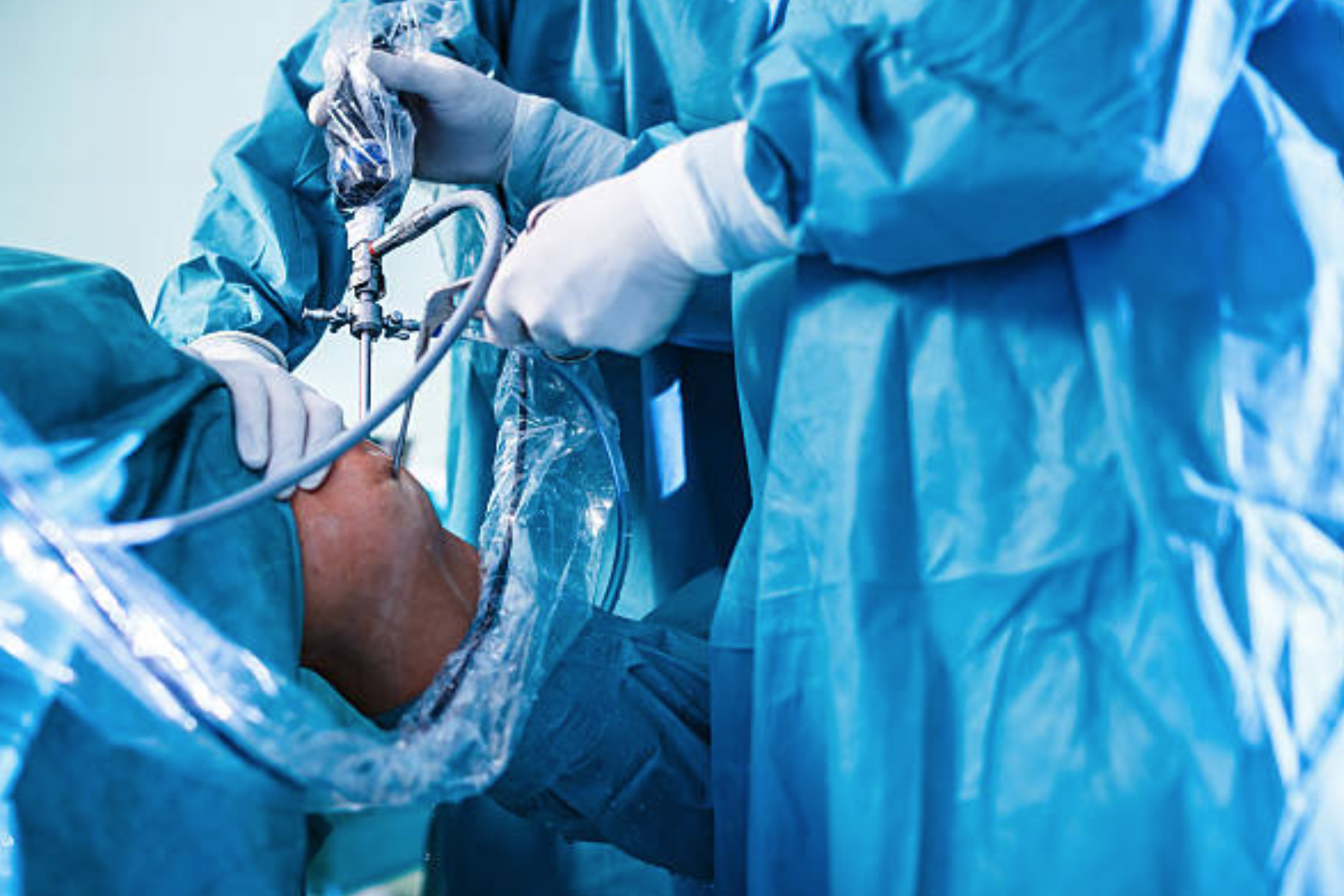Ambulatory Surgery Centers are Paving the Way
Elective outpatient hip and knee replacements increased by 47 percent from 2012 to 2015, according to a study by Sg2. This insight is an early indicator that total joint replacements (TJR) are becoming more common in the Ambulatory Surgery Center (ASC) setting as a higher number of surgeons become experts on minimally invasive technology and pain management techniques for outpatient procedures.
Total joint surgeries moving toward outpatient can also be attributed to:
- The transition to value-based care since ASCs are a high quality, low cost option
- Insurance companies are more willing to cover outpatient TJRs
- Studies show that patients who fit a particular criteria can achieve desired results in the outpatient setting
In this month’s newsletter, we’re peeling back the TJR outpatient trends, cost analysis, and how ASCs are taking a driver’s seat in the total joint arena.
TJR on the Rise
According to a report from the American Academy of Orthopaedic Surgeons, the number of total joint replacements is expected to dramatically jump between the years 2030 and 2060.
Primary total hip replacements are projected to grow 171 percent and primary total knee replacements are expected to grow 189 percent by 2030. Also, people are having TJR surgeries done earlier in their lives. The average age for primary total hip replacements dropped from 66.3 years old in 2000 to 64.9 years old in 2014. The average age for primary total knee replacement dropped from 68 years old to 65.9 years old.
A report by Vizient estimates that outpatient total joint replacements will grow 77 percent from 2016 to 2026, but inpatient total joint volume is expected to remain relatively flat.
Behind the Costs of Total Joint Replacement
According to a new report, there is a significant variance in the cost for a joint replacement surgery. It can cost $5,000, all the way to $30,000 depending on the medical center.
Total joint replacement surgery is one of the most common procedures performed in the United States. More than one million joint replacements are performed every year in the U.S., and by 2030 that number is expected to grow to more than 4 million.
The analysis published by Premier, found that the cost of joint procedures vary considerably between facilities due to the differences in practice patterns and the devices that are used on patients.
According to the findings from Premier’s database of 1,100 hospitals, the overall median cost of TJR surgery is $14,520. However, 50% of cases run between $12,000 and $17,900.
The average cost of primary knee implants was $4,464, among 350 hospitals polled. Yet, 50% of the hospitals paid between $4,066 and $5,609 on the devices. Additionally, the same group of hospitals paid an average of $5,252 for primary hip implants, but 50% of the hospitals paid between $4,759 and $6,463.
Because devices make up a significant portion of the procedure’s expense, there is significant gap in pricing among vendors.
Another cost associated with TJRs is OR staff. Some OR’s may use a dozen people in the room while others many only have a handful of staff in a case.
And bone cement, which is used to hold the implant against the bone, can be quite costly too. Research shows that bone cement infused with antibiotics doesn’t improve patient outcomes, and it costs 120% more per patient compared to bone cement without antibiotics.
On the flip side, costs associated with length of stay and recovery have decreased due to advancements in modern healthcare.
How Ambulatory Centers are Capitalizing on TJRs
Ambulatory Surgery Centers are leading the way with Total Joint Replacement. The number of ASCs offering outpatient total joint replacements has increased from about 25 in 2014 to 200+ in 2017, according to a report from Advisory Board.
One of the reasons for this increase is because of the value-based model of healthcare. The Affordable Care Act’s necessity to publicly report data and holding back payment when you don’t meet certain quality objectives plays a role.
Another reason the number of ASCs providing TJRs continues to increase is because some insurance companies are more inclined to reimburse for the procedure. Outpatient total joint replacements remain a relatively unconventional concept in many parts of the country, but it is certainly on the rise and becoming more and more common.
Surgeons will likely take TJRs to outpatient departments primarily because reimbursement has increased and the hospital’s proximity. However, as the demand for high-quality, low-cost care increases and surgeons become involved in independent surgery centers, they will take higher volume to ASCs.
How ASCs Can Cut Costs With TJRs
Joint Surgery requires larger sterilizers, larger OR tables, and a laundry list of other necessities that may not have been previously needed at an outpatient center. As ASCs take on TJRs, outfitting your facility with the appropriate equipment comes at a price. Purchasing refurbished medical equipment can certainly help shave costs.
Auxo Medical’s expertise is in refurbished, good-as-new medical equipment, which is thoroughly inspected to ensure it meets original manufacturer standards, Whether you may need sterilizers, washers, operating tables, or surgical beds to prepare for your influx of joint surgeries to come — we are happy to be a resource for your needs.

